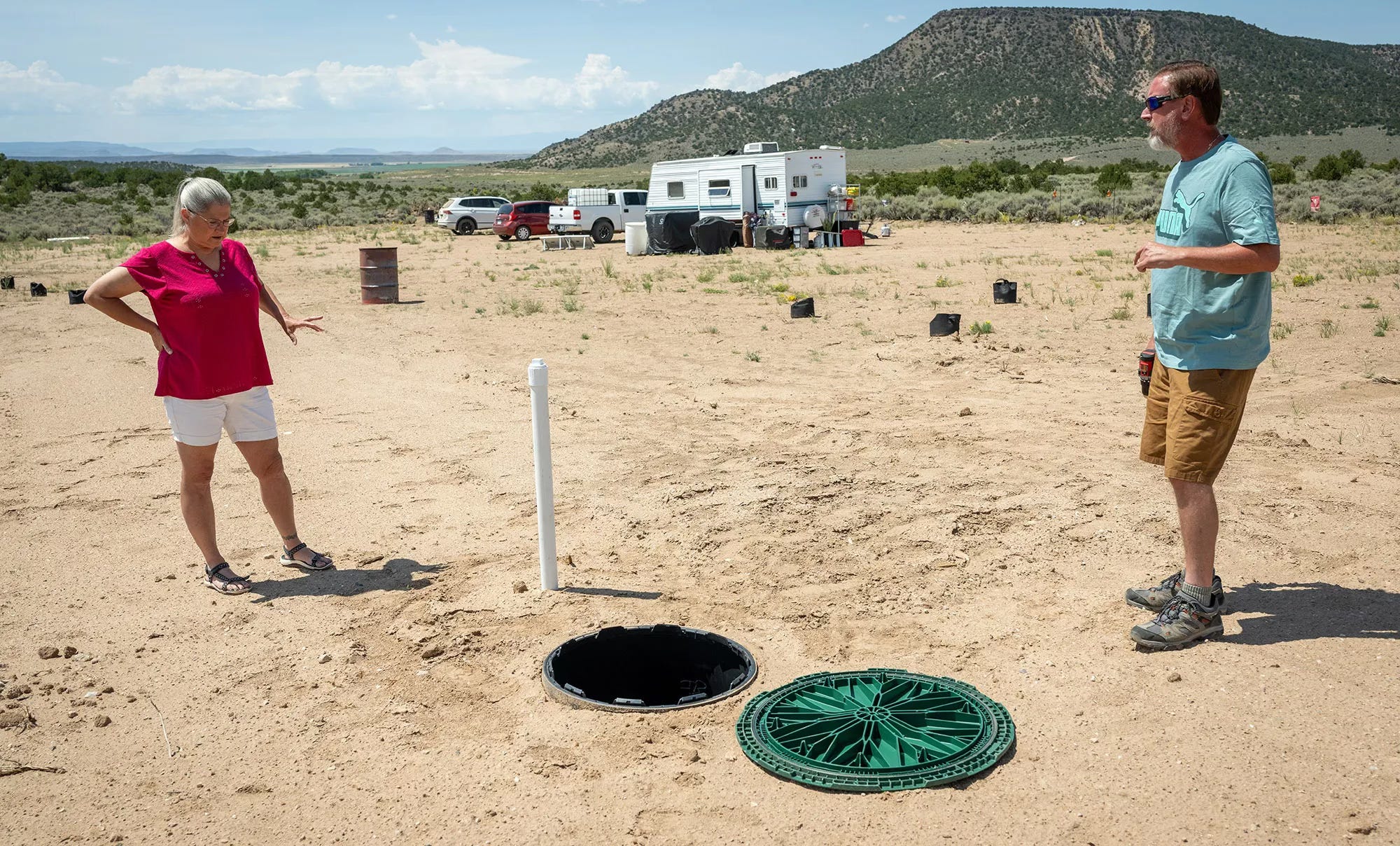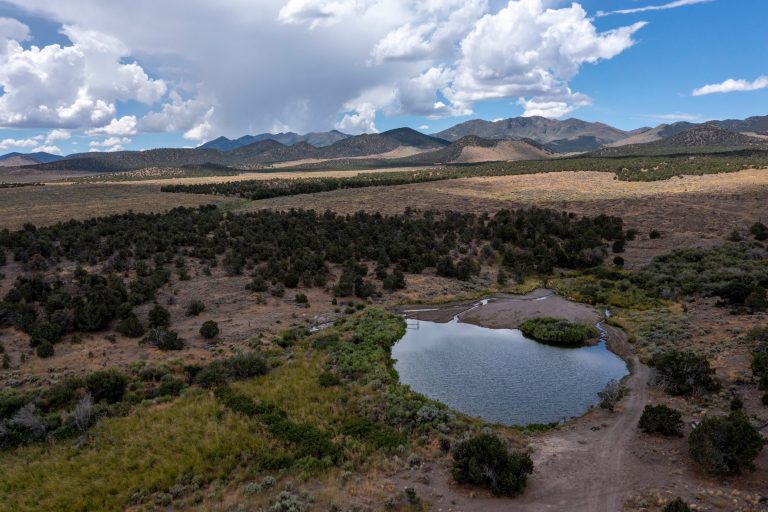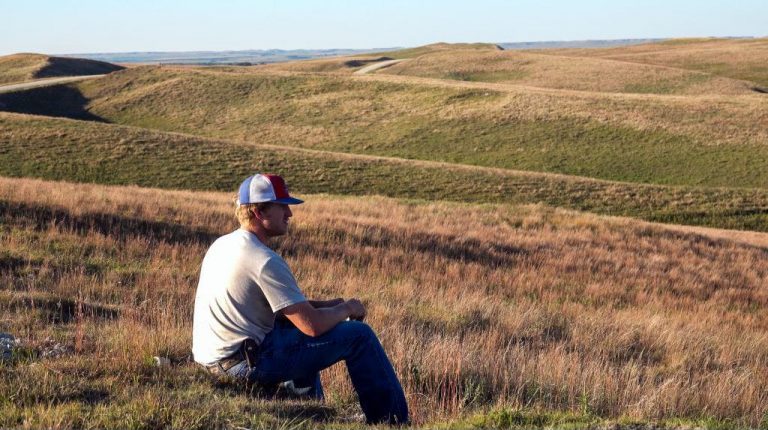Yanasa TV News
Hundreds cut off without warning in Costilla County as officials tighten control — is this drought planning, or something more sinister?
In Colorado’s poorest county, hundreds of families awoke this month to a reality many thought belonged only to headlines from distant deserts: their water supply had been shut off; without notice, without warning, and without recourse.
On August 1, 2025, the Fort Garland Water & Sanitation District board voted 3–2 to abruptly end bulk water sales to rural residents who rely on cisterns. For decades, these off-grid families hauled water from town to survive. With a single unannounced motion, that lifeline vanished.
The vote wasn’t even listed on the public agenda. Residents describe the meeting as chaotic, emotions running high after weeks of strain from a broken pump and local water restrictions. Instead of seeking solutions, the board… under pressure from some angry town residents, cut off their neighbors entirely.
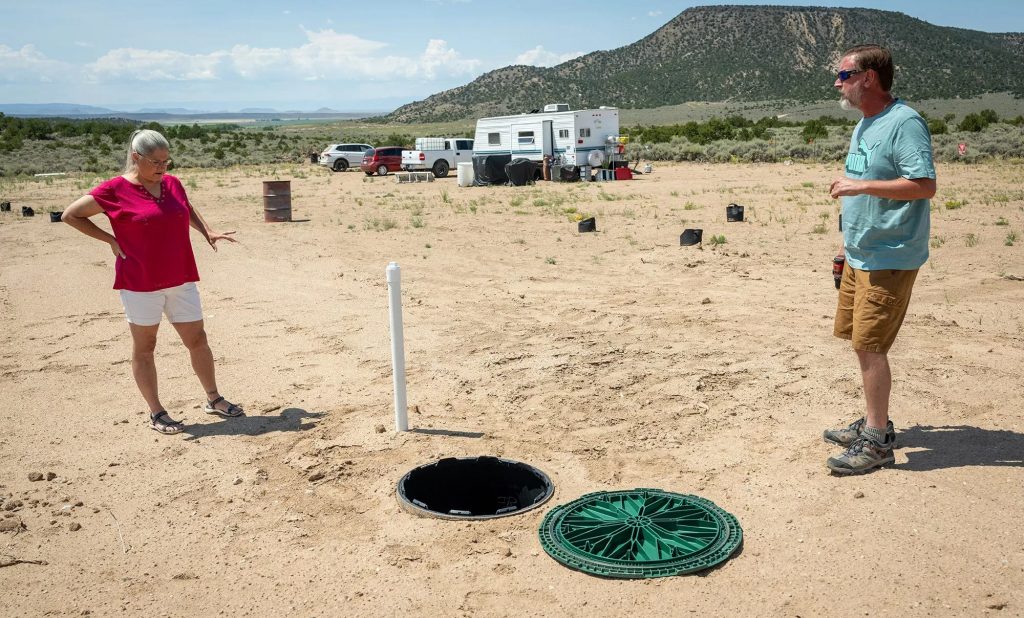
The result: hundreds of households in Costilla County’s Sangre de Cristo Ranches and beyond, many retirees, working families, and elderly residents, suddenly left without a basic human necessity. Some now drive two hours to Pueblo for water. Others rely on the generosity of neighbors with wells, technically illegal under state law. Even makeshift emergency access through fire hydrants in Blanca is temporary, expiring at the end of August.
The Unfairness of Abandonment
What makes this act so galling is not simply the cutoff, it’s the lack of fairness and due process.
- Families purchased land with the understanding that cisterns and water hauling were legitimate options. The district never warned that access could be revoked at will.
- Many residents are poor, elderly, or disabled. To suddenly expect them to install $25,000 wells, or drive 100+ miles for water, is not only unrealistic, it borders on cruel.
- The decision was made without public notice, undermining the very idea of open governance.
Costilla County is already the most impoverished in Colorado. Stripping its residents of water access doesn’t just worsen poverty, it weaponizes it.
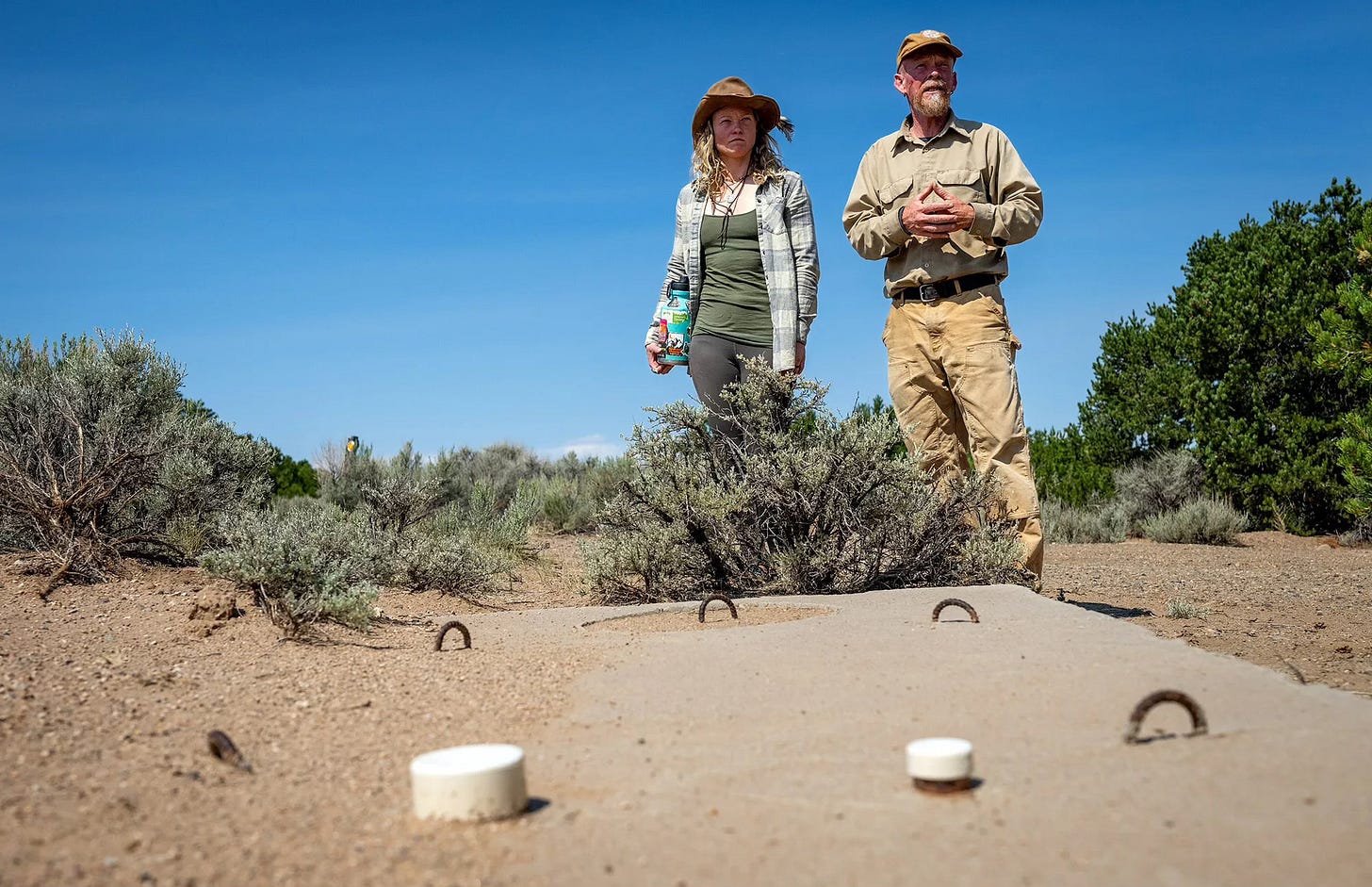
What Officials Knew
Adding to the outrage is the fact that the crisis didn’t appear out of thin air.
Salina Pacheco, manager of the Fort Garland Water & Sanitation District and currently training to become a certified water operator, had been warning the board for two years about looming infrastructure problems. She documented a severe issue known as “extreme water hammer,” where water flowing in opposite directions collided in the pipes, threatening to destabilize the system.
Pacheco not only raised alarms but also helped secure a $105,000 state grant from the Colorado Department of Local Affairs to begin upgrades. The board knew repairs were needed and had resources in hand.
Yet instead of using that knowledge to plan a fair, transparent path forward, they chose to blindside the very residents who depended most on the system. What could have been handled as a managed, cooperative process turned into a panicked vote and a devastating cutoff.
Speculation & Motives
The abruptness of the cutoff has left many residents unsettled. Some wonder if the decision was more than just a reaction to technical strain.
“It seems like locking down on water availability is possibly a theme here, which begs the question, why?” asked local resident Branson, suggesting the cutoff might be linked to the San Luis Valley’s hazard mitigation plans for drought.
That suspicion is not unfounded. The San Luis Valley has long been a battleground for water control and export schemes—with Front Range cities, private speculators, and state agencies all eyeing its scarce resources. In that context, restricting rural cistern users looks less like a short-term fix and more like a test case for consolidating control.
Potential motives raised by residents include:
- Drought planning by stealth: Cutting off rural haulers could align with strategies to restrict “non-essential” water use under state-level drought policies.
- Resource consolidation: With limited water, the board may be prioritizing in-town residents, effectively sacrificing off-grid households.
- Land leverage: Making rural properties unlivable could depress land values, deterring homesteading and opening the door for large-scale acquisition.
Whether or not these theories prove true, the lack of transparency fuels mistrust. In a valley with a history of water battles, secrecy and abrupt cutoffs inevitably spark suspicion that ordinary residents are pawns in a much larger struggle.
A Valley Steeped in Water Battles
To understand why Costilla residents are so unnerved, it helps to look at history. The San Luis Valley has been the stage for some of Colorado’s fiercest water wars.
- In the 1980s and 90s, the American Water Development Inc. (AWDI) project tried to pump and pipe billions of gallons of valley groundwater to the Front Range. Locals fought it in court and won, but the scars remain.
- More recently, Renewable Water Resources (RWR) pushed a similar plan, seeking to export up to 22,000 acre-feet of water annually to Douglas County. Again, valley residents resisted fiercely, fearing the plan would devastate agriculture and fragile aquifers.
- Even within the valley, disputes over water rights have divided communities—from irrigation ditch access to conflicts involving the historic Cielo Vista Ranch.
Against that backdrop, a sudden cutoff of water access to rural households does not feel like a routine policy decision. It feels like part of a larger trend: incrementally reducing who can access water, and under what conditions, until only those with political power or money remain secure.
For valley residents, history has taught them that when water disappears, it is rarely by accident.
A Microcosm of the West’s Water Wars
While shocking, this conflict is part of a much larger story: the West’s escalating water wars.
As drought tightens its grip, towns, farmers, ranchers, and rural homeowners are increasingly pitted against each other. Scarcity turns neighbors into rivals, and small communities often fracture under the strain. In Costilla County, it was town water users versus rural cistern haulers. Elsewhere, it’s farmers versus cities, or states against each other.
The broader themes are clear:
- Scarcity breeds division. When pumps fail or reservoirs shrink, cooperation gives way to finger-pointing.
- Governance gaps worsen conflict. Small boards or agencies often lack transparency or planning, making snap decisions that devastate lives.
- The poor pay first and hardest. Wealthier communities can drill deeper wells, buy imported water, or litigate. Rural, off-grid families have no such safety net.
Warning Signs
The Costilla County cutoff is more than a local controversy—it is a warning. If a small Colorado town can strip hundreds of people of water without warning, what happens when larger Western cities face system failures? When aquifers are depleted or river compacts collapse?
The pattern is repeating itself across the region:
- In California, irrigation cutoffs pit almond farmers against regulators.
- In Oregon and Washington, salmon flows and hydropower mandates leave rural communities dry.
- In Texas, Hill Country residents are fighting corporations exporting groundwater.
Water, once assumed to be abundant, has become the West’s most contested currency.
Now What?
What Costilla County’s rural residents need most is not lectures about “using too much” or demands to drill costly wells. They need fairness, transparency, and accountability.
- Governance reform: No board should have the power to cut off essential services without notice or public hearings.
- Equitable access: Even in scarcity, shared sacrifice must be the principle—not abandonment of the most vulnerable.
- Regional planning: Piecemeal decisions made under duress will only worsen water wars. States and counties must invest in resilient infrastructure and long-term agreements that treat water as a public trust, not a bargaining chip.
For now, Costilla’s residents remain in limbo—hauling water from distant towns, rationing showers, and wondering if their land is still livable. Their plight underscores a simple but urgent truth: in the West, water is life, and when it is rationed by fear or favoritism, communities collapse.

